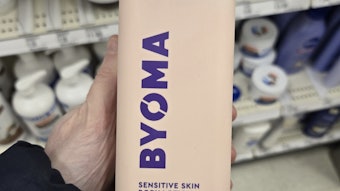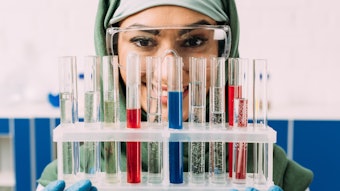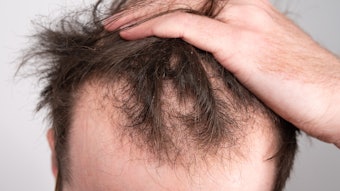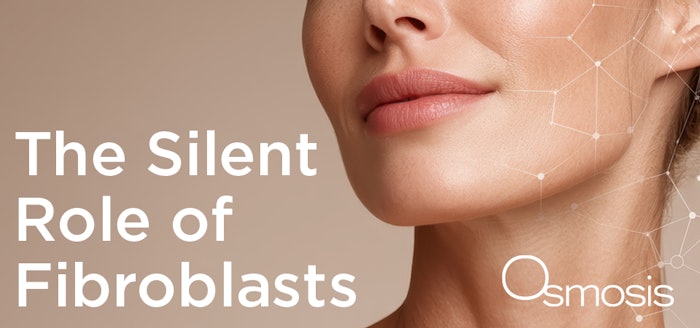
As we chase serums, creams and high-tech treatments promising youthful skin, the true key to long-term skin health often lies in what we don’t see—or feel. Deep within your skin, a quiet slowdown may already be underway. The culprit? Dormant fibroblasts.
Let’s peel back the layers—as we peer into the inner workings of the skin.
Fibroblasts: The Skin’s Collagen Factories (When They’re Awake)
Fibroblasts are the powerhouses behind collagen production. When they receive the right signals—typically from growth factors or retinaldehyde, which can be found in Osmosis StemFactor MD and Correct MD—they spring into action, assembling fresh collagen that keeps skin firm, resilient and smooth.
Without those signals? They idle.
Here’s the truth most people overlook: without consistent stimulation, fibroblasts stay asleep—until your skin is injured. That means your skin is not actively producing collagen daily unless it’s prompted to. That daily inactivity adds up fast.
Delayed Repair: When Skin Can't Keep Up
Your skin faces constant micro-damage—environmental exposure, facial expressions, even the friction of simply touching your face. In youth, skin repairs this damage almost invisibly, but as fibroblast activity wanes, the healing process slows.
Small injuries and tears take longer to heal. Scar tissue begins to take the place of healthy skin, and here’s the kicker: scar tissue produces type III collagen, which is weaker than the type I collagen that makes youthful skin so resilient.
Even when the body tries to transition from type III to type I, the result often falls short of original strength. The consequence? A skin barrier that looks older, feels thinner and functions with less integrity.
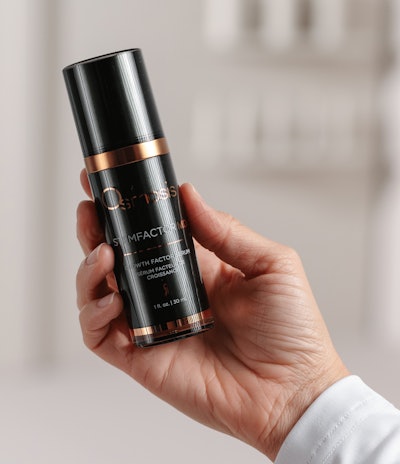
A Losing Battle: Collagen Breakdown vs. Production
As if slowed production weren’t enough, our skin is constantly under attack from enzymes—specifically matrix metalloproteinases (MMPs)—that break down existing collagen. These enzymes never sleep. So when fibroblasts aren't producing collagen to keep up, the balance tips toward degradation.
The visible results?
- Depleted structural fat pads
- Fine lines & wrinkles
- Thinning skin
- Loss of elasticity
Over time, the skin loses the very structure that once defined its youthful firmness.
Simply Put: You Need to Send the Signal
Aging skin isn’t just about time—it’s about inactivity. When the skin stops receiving messages to renew, it defaults to maintenance mode, doing just enough to survive, but not enough to thrive.
To shift it back into repair mode, stimulation is non-negotiable.
That means:
- Topical support: Think retinaldehyde, growth factors and other actives that speak directly to fibroblasts.
- Internal support: Nutrition, hydration, supplements like Regenerate & Recovery and lifestyle habits that fuel the repair process from within.
The Bottom Line
You don’t have to wait for visible damage to start supporting your skin. In fact, waiting is the problem. Without consistent signaling, your fibroblasts will continue to sleep—and your skin will age more rapidly, quietly and irreversibly.
Your job? Wake them up. Daily. Great skin isn’t just protected—it’s actively built.
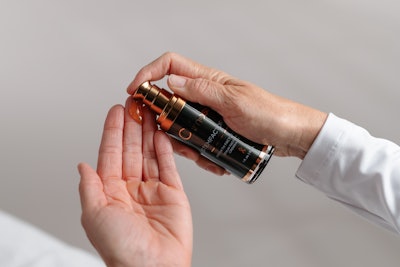
Disclaimer:
The above paid-for content was produced by and posted on behalf of the Sponsor. Content provided is generated solely by the Sponsor or its affiliates, and it is the Sponsor’s responsibility for the accuracy, completeness and validity of all information included. Cosmetics & Toiletries takes steps to ensure that you will not confuse sponsored content with content produced by Cosmetics & Toiletries and governed by its editorial policy.




